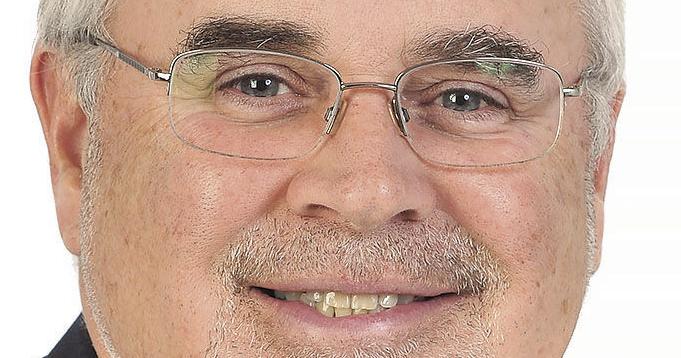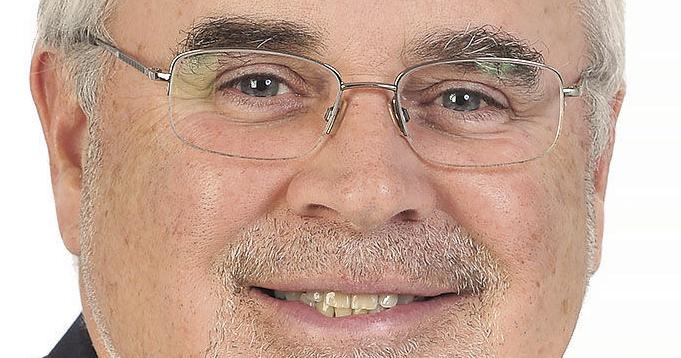
#inform-video-player-1 .inform-embed { margin-top: 10px; margin-bottom: 20px; }
#inform-video-player-2 .inform-embed { margin-top: 10px; margin-bottom: 20px; }
The night before our annual vacation in North Truro, I realized I had never received the information about checking in for the week in Cottage 10 at Days’ Cottage Condominiums.
The man who managed the cottage condominiums and oversaw the cleaning and gave us the key, died over the winter. I was concerned because I had no idea who we were supposed to meet that next morning.
I decided to go to the assessor’s page of the town of Truro’s website in hopes of finding the owner’s address and phone number. Although I didn’t find the information I was looking for, I did discover that the cottage we were staying in was 91 years old, having been built in 1931.
Long story short, the issue was resolved before we retired for the night.
I thought about the information on the assessor’s page as we were driving over the Bourne Bridge the following morning. A sign on the bridge cited the fact that the bridge was built between 1933 and 1935.
The Sagamore Bridge must have built first, I thought to myself and made a note to look it up sometime during the week. When I did, I found out the two bridges were built at the same time by the Public Works Administration during the Great Depression.
I had driven over the Cape Cod Canal hundreds of times, but knew nothing about its history.
A Google search directed me to the Army Corps of Engineers website where I learned that in 1904 wealthy financier August Belmont II purchased and reorganized the Boston, Cape Cod and New York Canal Co., which had held a charter for canal construction since 1899.
Belmont’s company started work in 1909, a railroad bridge was completed 18 months later, smaller versions of the Bourne and Sagamore bridges were completed in 1911 and 1913, respectively.
Serious boating accidents caused numerous canal closures and mariners were rightly concerned about the swift currents and narrow bridge openings. It was a financial failure, according to the website.
The website details how Congress directed the Army Corps of Engineers to take over operations in 1928 and make major improvements.
The Corps set out to replace the original highway bridges, which were at ground level and opened whenever boats approached. The delays were significant for motorists and boaters had difficulty coming to a stop due to the swift currents.
Two pieces of elevated land were purchased and the current arch bridges, with suspended decks, were dedicated on the first full day of summer in 1935, according to the website.
Six months and one week later the first train rolled across the current railroad bridge.
The canal was eventually widened to its current 480-feet with a depth of 32-feet starting in 1935 and ending in 1940. At the time, it was the widest sea-level canal in the world. Dredging of areas outside of the canal, including Onset Bay, made it much easier for large ships to enter.
Not much has changed since then, even as traffic has grown exponentially.
Two years ago, however, the Corps and the Assistant Secretary of the Army for Civil Works recommended replacing the current highway bridges with structures built to modern day standards, a project that will apparently include a redesign of the approaches from Routes 3 and 6.
I can’t imagine what traffic will be like while the project is under way, especially considering the MassDOT Highway Division will play a major role.
Am I the only one that finds that less than comforting?
#inform-video-player-3 .inform-embed { margin-top: 10px; margin-bottom: 20px; }








